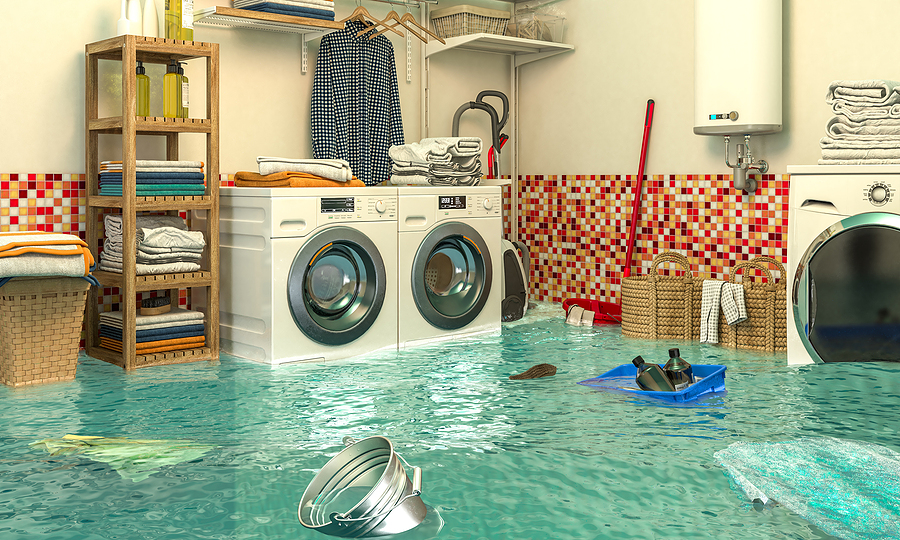Standing Water? Standing IN Water? Call now.
If your building is flooded, stop reading and call us!
If you’ve had previous damage from water and it’s less of an emergency, you can call us or contact us by email.
Standing Water? Standing IN Water? Call now.
If your building is flooded, stop reading and call us!
If you’ve had previous damage from water and it’s less of an emergency, you can call us or contact us by email.



Water Dry Out Is Another Way To Save A Building

Climate change means that more extreme and even anomalous weather events occur throughout the world. Sadly, even areas like Southeastern Wisconsin are no exception. This can come in the form of severe rainstorms, and it may even result in flooding.
Flooding is often one of the more devastating weather events to hit a home or commercial property. Like a fire, floods are widespread and don’t necessarily limit themselves to just one property area. However, floods only go one way, that is, from the ground up. This can have severe effects on any property, but it’s possible to recover from the damage through techniques such as water dry out.
Speeding Up The Dry Out Process
Water getting into a home or commercial building affects nearly everything. Electrical wiring, furniture, documents, retail electronics, and even elements of the architecture itself, such as drywall, are all negatively impacted by water.
However, before any large-scale work can begin, the water has to be removed. Even after that, a damage assessment can uncover whether some things are beyond recovery or whether they can be saved by removing the water. Carpeting, for example, can sometimes be saved by drying out if it hasn’t been soaked in water for too long.
Water dry out is simply a way to speed this natural process up. Under ordinary circumstances, if the environment’s humidity is low, and there’s enough natural air circulation, wet items will, given enough time, dry out. But there are specific processes that can be used to accelerate this.
Water Extraction
The first and often most drastic step is large-scale water extraction. For example, if a flood has occurred, then this isn’t just a matter of moist walls or carpet; large bodies of water—possibly even hazardous, such as sewer water—are still present in the building.
Water extraction is all about using powerful pumps and vacuums to remove large amounts of water in a short time. This doesn’t remove all water, but it removes the largest source, the flood water itself, prevents pools and other formations from continuing to damage the property.
Dehumidifying
Once all the substantial water sources are removed from the premises, what remains is the water that has penetrated the building and items within it. This is where large-scale dehumidifying comes into play. Home and business owners may be familiar with smaller, retail dehumidifying products for sale to the general public.
Industrial dehumidification scales this up, drawing out the existing moisture in a space so that drywall, carpet, and even items like furnishing and documents can be dried out and evaluated. This serves two purposes. The first and most important is that it removes moisture from the environment, preventing mold from growing. The second is that this can save furniture and other items, allowing them to be reused or preserved.
If you need water removed from a building so you can start repairs, we can help. Emergency Restoration Specialists, Inc. has more than 30 years of experience serving the Milwaukee area. Contact us for a prompt, professional response.



